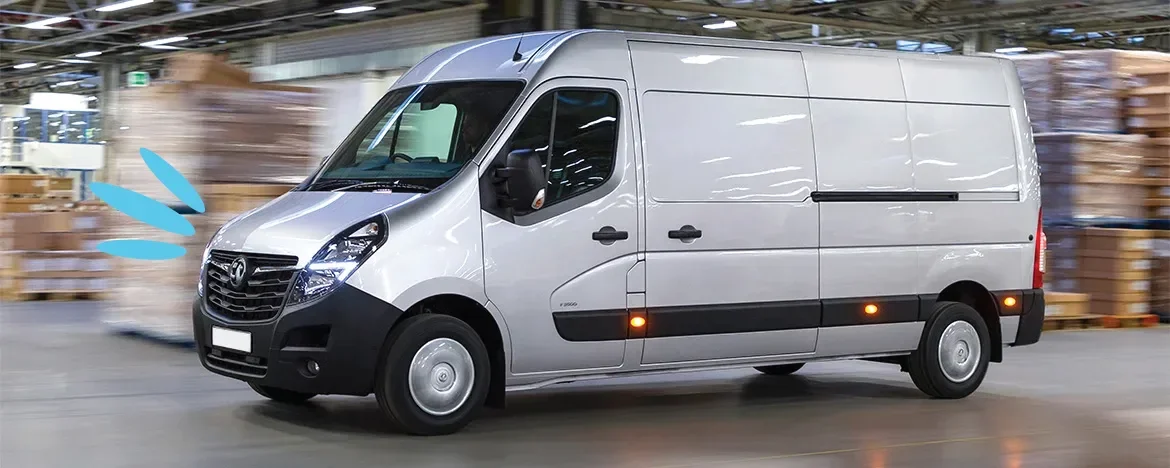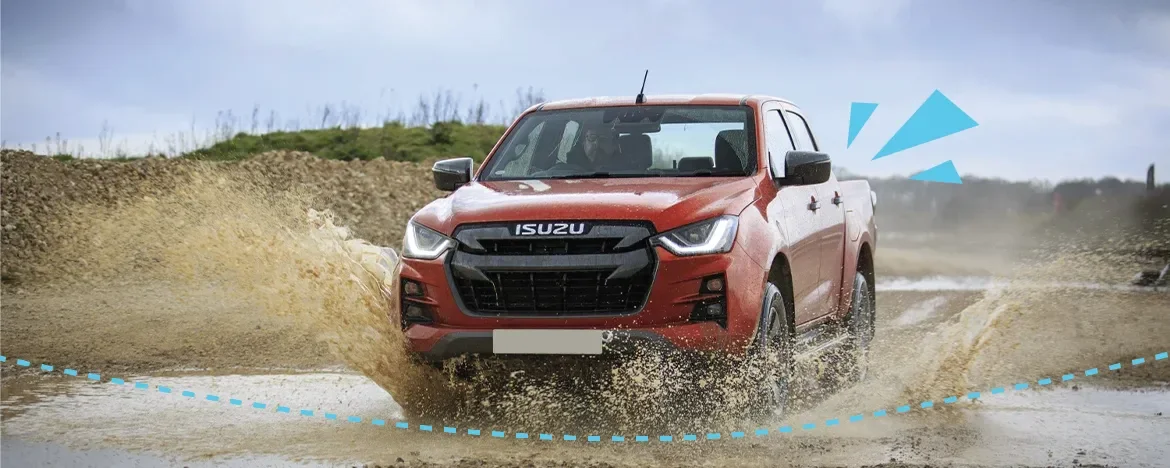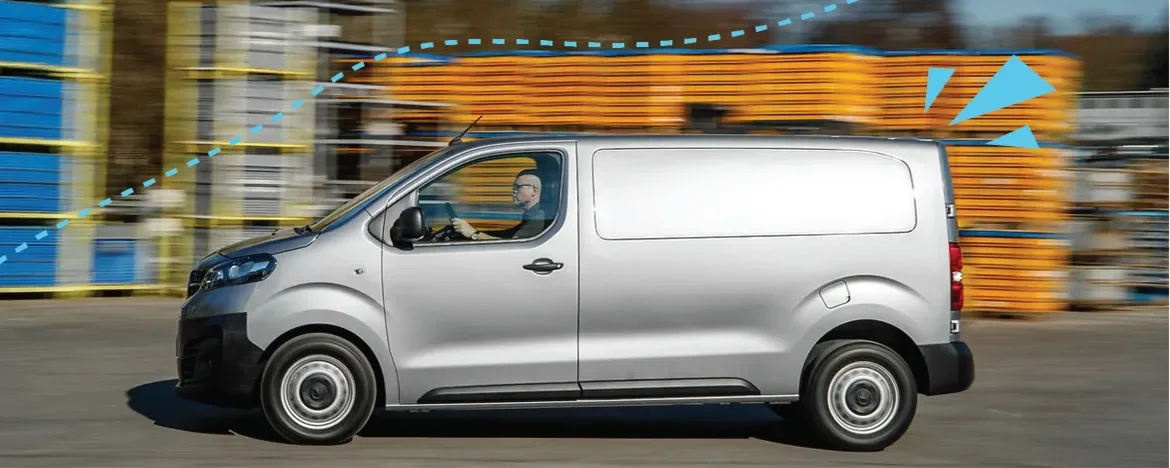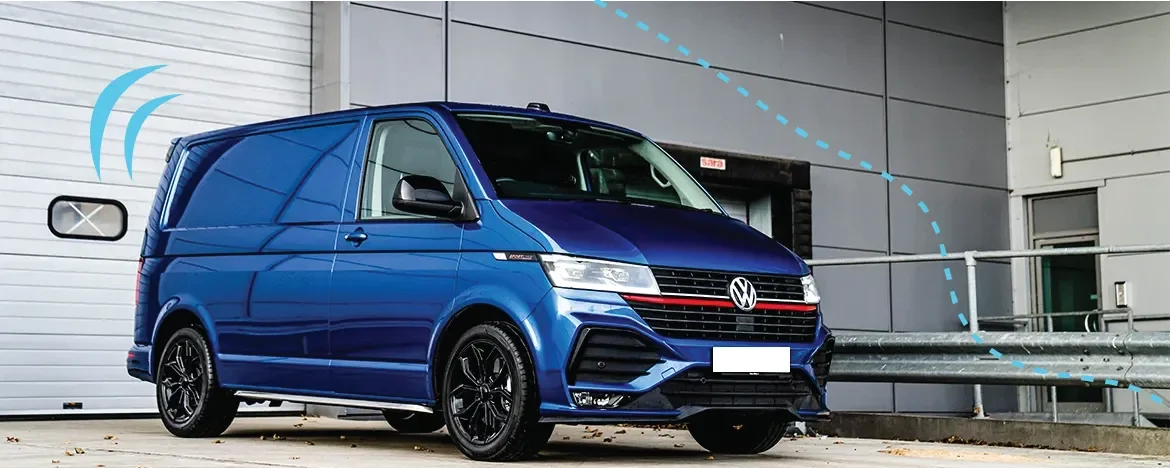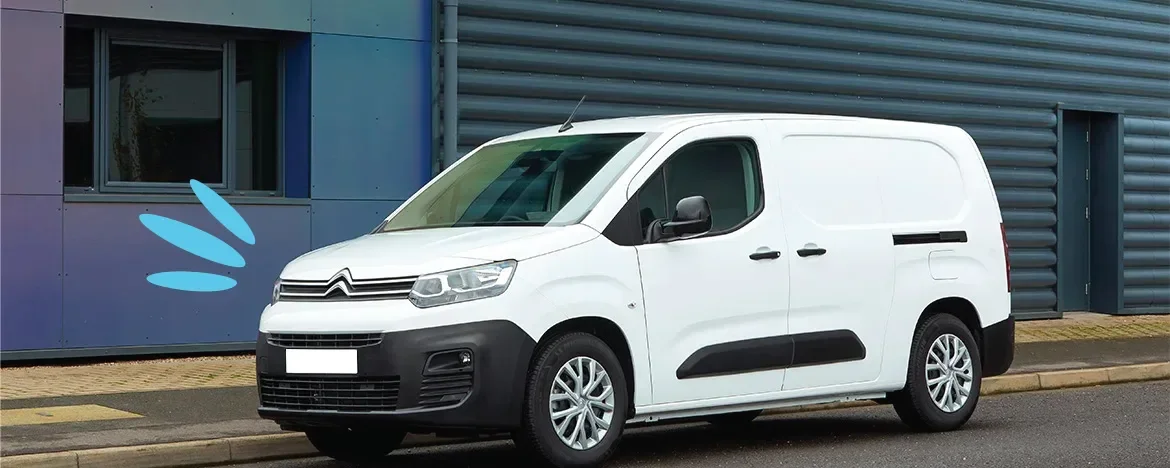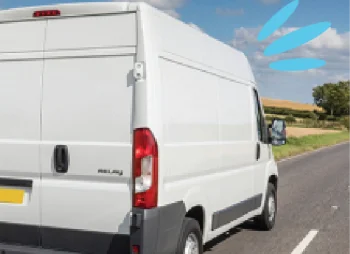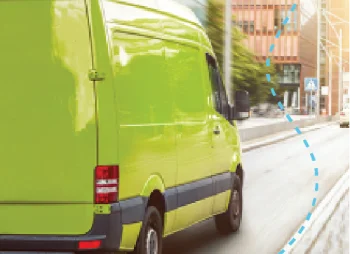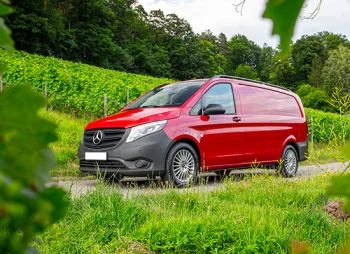What van payload do I need?
Considering van payload is crucial to making the decision.
Payload is the maximum load a van can carry – as specified by the manufacturer.
Different businesses will need different payloads, and it’s especially important to think about if you’re often transporting heavy supplies.
Overloading your van can make it difficult to stop quickly, make the van harder to control, wear heavier on the engine, and use more fuel.
But it can also put your business at risk of being fined.
Instead, err on the side of caution and go for a van that’ll comfortably be able to handle the max amount of weight you’ll need on any given day.
Alternatively, if you rarely carry the kind of load that needs a large van, you can lease a medium, much more economical van, and simply hire a larger van on an ad hoc basis.
Not sure how heavy the things you carry are? Here are a couple common items you might find on a van:
- Bag of dry sand: 1,339kg per cubic metre
- Bag of cement: 25kg or 50kg
- Sheet of MDF: 30-37kg (size: 2,440mm x 1,220mm)
- Tin of 5L paint: 7kg
You’ll also want to think about the size of the load space.
Even if your cargo is only light and a medium van payload is perfect, you might find that the items you’re carrying around are quite bulky, and need that additional space offered by a larger van.
Using Euro pallets – 1200mm x 800mm – can be a useful way of assessing how much space you’ll need.
Finally, you’ll also want to consider how you access the load.
If you’re carrying heavy cargo, you might need to be able to access the cargo area with a forklift truck. Alternatively, you might often be out and about in towns and need to be able to load and unload from the side, to make finding parking easier.

